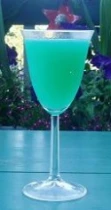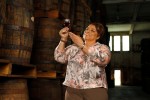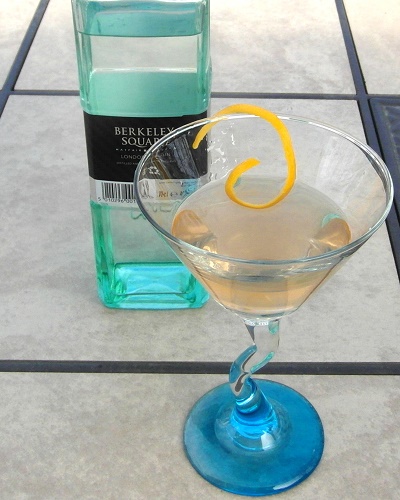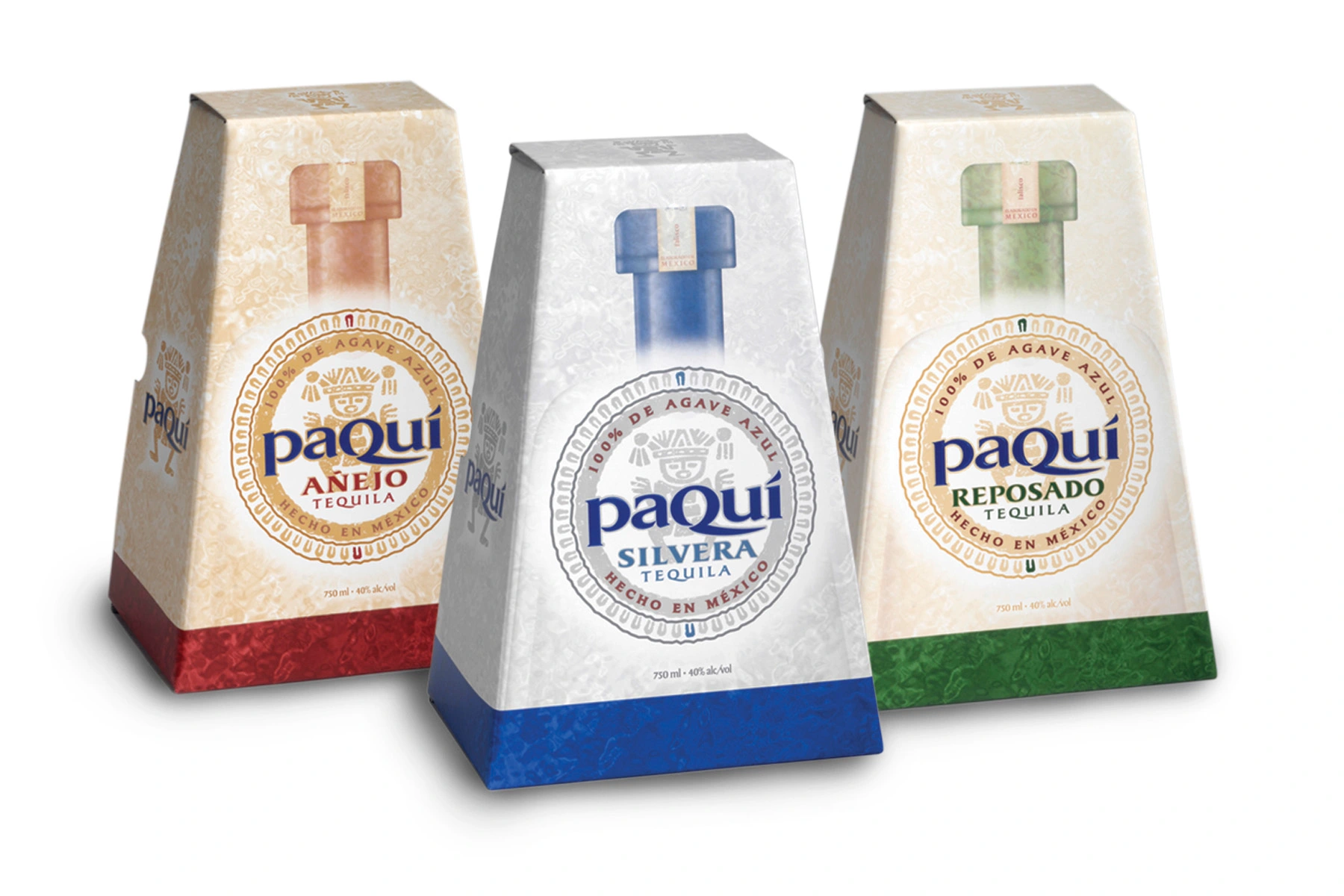The Highwood Distillery Tour
Posted by Arctic Wolf on February 26, 2010
On February 17, I took a little holiday from my regular routine and traveled 250 miles south to visit one of the last independent distillers of whisky in Canada. The trip took me 40 miles south of Calgary Alberta, to the town of High River, nestled beside the Rocky Mountains on the western edge of the prairies.
High River is a great little town full of bustle and western charm. I couldn’t resist the urge to spend a little time just driving through the town, visiting a few of the local businesses and taking in the atmosphere of the place and the people. What I found was a town of friendly people with a solid blue collar work ethic. They all seemed to bustling around doing something important. But in spite of this apparent busyness, they were more than happy to help me out with directions to the local sights and even willing to share a story or two about the local history.
Highwood Distillery is the only Albertan owned distillery in the world. It sits in the heart of the High River community, producing 300,000 cases of bottled spirits per year. The bulk of their business is Vodka (30 %) and Flavoured Vodka and Premixes (45 %). My interests of course are primarily in their production of Canadian Whisky (20 %) and Rum (5 %).
Here is an overview of my visit and a walk through of my tour:
When I entered the Highwood Distillery I was greeted by these signs:
———————————————————————————————————————————
I was a little early so I waited in the lobby and snapped a picture of this old fashioned still on display, After a few moments of waiting I was greeted by Michael Nychyk, the Operations Manager at the Distillery.
Michael, and all of the staff I met at the distillery shared that same friendly blue collar work ethic I noticed in the Town. An infectious small town rural attitude of building something worthwhile through good old fashioned hard work and know how. Needless to say my first impression of Highwood Distillers and their staff was positive!
We started the tour in the Quality Control Room. The QC room is where Highwood keeps a constant watch on their large variety of products. Tasting and testing each to make sure that the end result will be of the high standards which they have set.
Then it was through the doors into the working distillery. The first picture I snapped inside the plant was of the cooker. The stainless steel cooker is filled with locally grown grain. Water is added and the grain is cooked under pressure into an oatmeal like porridge (except that it is wheat or rye not oats). Wheat and rye are the primary grains distilled at Highwood. The wheat distillate is the primary distillate used to make Vodka and Canadian Whisky. I was told that in addition to all of the wheat used in the distillation being grown locally; the end byproducts of the distillation are made into livestock feed. Highwood tries to support the community which they inhabit by supporting local producers and industry.
The nest picture I have is the red cooling vessel. The cooked mash from step 1 is pumped into the cooler where the mash temperature is brought down from 120 degrees Celsius to 20 degrees Celsius. It is at this stage that natural enzymes are added to break down the starches to glucose, and yeast is added to start the fermentation of the glucose to alcohol. From the cooler the fermenting mash is transferred to the fermentation tanks. These tanks were in a separate part of the distillery and I was not able to take any cool pictures of them. I was not surprised at not seeing the fermentation tanks as this would be a very controlled environment. Contamination of the yeasts is always a concern as each distiller has their own specific yeast cultures which provide a desired taste and fermentation yield.
The mash is fermented until the all of the sugar has been converted to alcohol. This yield will be about 8 to 9 percent by volume, and takes about three days.
The picture to the left is the tower still sometimes called the beer still. The completely fermented mash is pumped into the top of the tower still where it falls over a series of plates inside the still. As it falls steam is injected from the bottom of the still which rises up and separates the alcohol from the fermented mash. The steam and alcohol are condensed into a high alcohol content liquid called a “high wine.” The alcohol content of this wine is 70 – 75 percent by volume. The remaining mash is collected and held in silage tanks to be used as a livestock feed supplement.
The picture to the right is the pot still. The pot still has a pot shaped bottom with a 50 foot stack attached to the top. The high wine is heated to 80 degrees Celsius by steam which travels through copper pipes inside the still. This causes alcohol to evaporate and rise up the column stack. (Alcohol evaporates at a lower temperature than water and is the first liquid to evaporate up the stack.) It condenses back into alcohol at 95-96%.
The pot still produces various grades of alcohol which is based of the distillation time line as follows:
After 1 hour – This is waste alcohol (which contains unwanted flavours and aroma), and it is discarded.
The next 3 hours – This is the head of the distillation. The flavours and aromas of the distillation head are very intense and they are re distilled.
The next 1.5 hours – The still is rinsed which cleans it of intense flavours of the heads.
The next 3 hours – This portion of the distillation is used for making whiskey. The resulting alcohol distillate is reduced with pure water and is kegged into oak barrels for aging.
The next 2 hours – We are near the heart of the distillation. This distillate is used for liqueurs and vodka.
The next 3 hours – The heart of the distillation is used for premium vodka.
The next 2 hours – Still near the heart of the distillation. Again this distillate is used for liqueurs and vodka.
The next 3 hours – This portion of the distillate is used for making whisky. The resulting alcohol distillate is reduced with pure water and is kegged into oak barrels for aging.
End – The Tail of the distillation is removed when the temperature reaches 100 degrees Celsius. This portion will be re distilled.
This is a simplified time line and the times should be viewed as estimates with the distiller in charge of capturing the proper segment of the distillation for each type of alcohol.
The picture to the left shows the aging barrels stacked in the warehouse facility at Highwood. I must say this was the favourite part of the tour for me. The rich aroma of whisky in the air is literally intoxicating.
By Canadian Law aging barrels must be made from oak. In all, Highwood has 16,000 aging barrels in their facility which each barrel capable of producing 35 cases of whisky (or rum). Depending upon the final product the barrels will age for a minimum of 3 years, and can be as old as 30 years.
————————————————————-
The next step in the procedure is blending. Some products go directly into the blending tanks from distillation (Liqueurs, Vodka and Flavoured Vodka). Others are blended after aging. There is 29 blending tanks in total, 3 scaled with a total volume of 500,00 litres. The blending tanks have agitators which will ensure that essences and flavouring agents added at this stage blend thoroughly.
The blended products are pad filtered to polish their finished character, and all products pass through ultra-fine filters just prior to bottling to ensure optimum purity.
The final step in the process is bottling the final products for market. I was amazed to learn that Highwood produces 240 different items for sale on three bottling lines. These items range from small flavoured vodkas shots (50 ml) , to metal capped Vodkas and Whiskies, to corked premium products like Highwood Centennial Whisky and Premium Vodkas.
The bottling process includes a pre rinse to ensure the bottles are free of contaminants. Highwood is able to bottle 1500 cases of rum, whisky, or Vodka per shift.
I ended my tour back in the Quality Control room. Michael was more than happy to answer all of my questions about the distillery and the products produced. I will admit that I had a lot of misconceptions about the Distillery before I arrived and I appreciated the patience and time taken by the distillery staff to help me understand what they were doing and why.
Of course the final highlight of the tour was to be able to sample some of the whisky and rum which Highwood produces. I was genuinely pleased to receive a sample bottle of their brand new White Owl whisky for myself to enjoy. This is a premium clear well aged whisky. It is a new product with a soft mellow whisky flavour which based upon a few drams I have enjoyed to this point should be well received by those who purchase it. I also received a bottle of Highwood’s Premium Rum, Momento. I did not talk much about the Highwood rums. They are bottled from a consistent blend of Caribbean rums which are purchased in bulk from a single supplier, and then aged in the Highwood warehouse aging facility.
I would like to again thank all of the Highwood staff for making my first distillery tour such a delight.


















Vincent said
I have been sampling a few bottles of Merchant brand spiced rum. I find the taste and price very convenient, a very nice surprise in a world of brand name labels and prices to match
Arctic Wolf said
My review of Merchant Shipping Co. White Rum (here) would back up that assessment,
Adam C. Sieracki said
It’s great to have this distiller here in Southern Alberta. I’m curious about the oak used in Canadian whiskys–is it mainly sourced from Eastern Canada, and not the U.S.? I know that Ontario produces a lot of white oak for cabinetry and other uses. BTW, Quercus alba contains an ester that lends that vanilla taste which shows up in beverages aged in it.
Arctic Wolf said
Most of the barrels used in Canadian whisky are refill American Oak barrels. Some French and Spanish refill oak is used as well. Since most distillers in Canada prefer a refill barrel for aging, once used American whisky barrels have come the standard.
The Canadian Oak while being the same species as American Oak is heavier and denser due to our harsher climate. One distiller (Forty Creek) has done some experimentation with the Canadian Oak but as far as I know there is no whiskies fully aged in Canadian Oak.
Arctic Wolf said
In order to have such good access to the distillery for my review, I did assure the Highwood distillery that I would not encroach on certain areas which may be considered trade secrets in my report. However I can say that I believe Highwood uses an aging and blending system which is more akin to traditional Scottish methods.
Mike said
Thanks, that was a great report. There is too much mystery surrounding the production of Canadian whisky whereas Scotch distillers seem to be more open about their processes. Is all of the whisky distilled to over 90% alc/vol before aging, or do they use some lower-proof rye in the blend? Also, do you know if it is typically for Canadian whiskies to use a mash bill or do most age their grains separately and then blend?